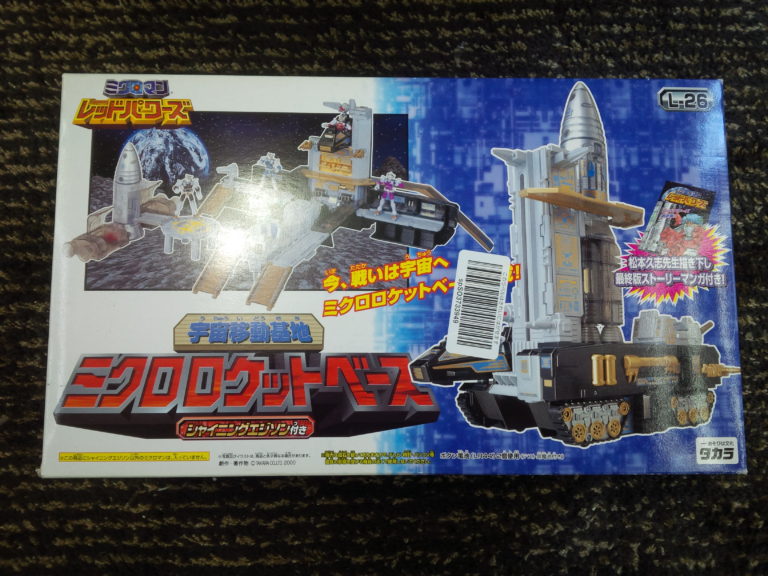

Microman: LED Powers (ミクロマン レッドパワーズ) is the sequel to the Super Magnetic System line. From left to right: Walt, Arthur, Izam, and Odin Micro Forever has an extensive source of information on all the myriad Microman series.The main four Laser Microman figures. While this toy guide currently focuses primarily on the ways that Microman relates to Transoformers, namely the Microchange series. The line has continued in this capacity ever since, producing only licensed characters in Microman style. To further hedge their bets, they used the Microman figure design to produce toys of other popular licensed characters. The new toyline featured a mix of old designs as well as super-articulated new designs.
Minus tector armors microman series#
The line quickly thinned out, and ended again in 2003, after even an attempted reissue line had lost all its steam.Īs Microman’s 30th anniversary approached, Takara had the series on life support, but decided to attempt once more to revive the brand in the new millennium. However, the new toys proved unsuccessful among children, and adult collectors shunned the new toys due to how different the figures were from the old series. Microman returned as part of this wave, with new series and new play features such as magnets and LED lighting. Some of these figures still interacted with the 10cm humans, but Microchange only eventually included only one new human figure.ĭespite the sales success of Microchange, Microman was summarily cancelled at the end of 1984 - Takara took note of the success of Hasbro’s Transformers, and diverted all efforts to Transformers production in 1985.īy 1999, many toylines from the ‘70s and ‘80s were experiencing revivals due to a growing number of adult collectors with interest in the toylines of their childhoods. By introducing the Microchange line, Takara de-emphasized the cyborg figure in favor of robot allies that could disguise themselves as everyday objects. The figures eventually expanded to include a large variety of designs, far beyond the scope of the original see-through humanoid cyborgs.Īs the series waned at the end of the ‘70s, Takara decided to use it as a platform to follow the growing trend of transformable robots. Since the whole series was a hit, it sparked off nine years of toys, with each year having its own name, fiction, and theme. The figures and vehicles all used a standard 5 mm peg and hole system, allowing them to be reconfigured to the imagination’s desire. Takara immediately capitalized on the ability to make affordable vehicles and playsets, and introduced several sets comprised of interchangeable parts in the first series. Microman exploded, exceeding its predecessor's sales in a hurry. In 1974, they miniaturized the design to 10cm and branded it Microman. However, Takara desired to appeal to lower price points, as well as offer vehicles and playsets for their articulated cyborgs. Starting in 1972, the series saw some success. As the sci-fi toy market in Japan rapidly expanded, Takara used the Combat Joe design to produce a transparent figure filled with mechanical cyborg parts called Henshin Cyborg. Microman got its start when US-based Hasbro toys licensed the Japanese toymaker Takara to produce the popular 12 inch G.I.
Minus tector armors microman movie#
Movie - Revenge of the Fallen (ROTF) (75).


 0 kommentar(er)
0 kommentar(er)
